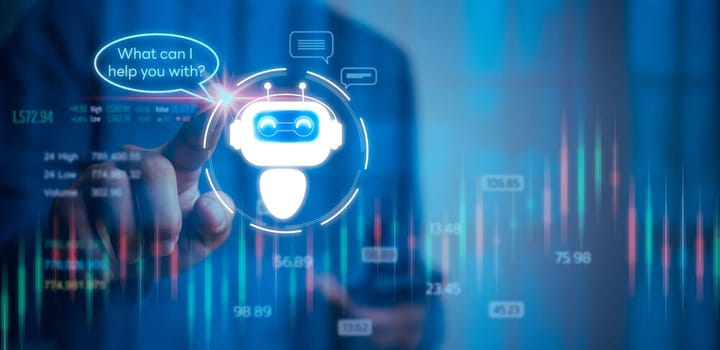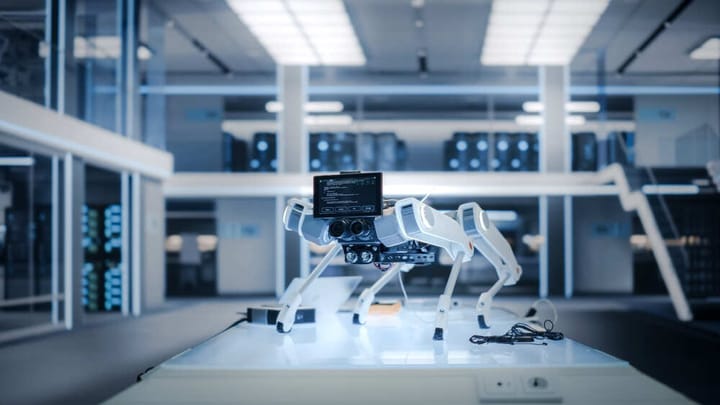Robotics in Childcare: Benefits and Drawbacks
Robotics is a rapidly evolving technology that can be used for a variety of purposes, including space exploration and entertainment. Robotics in childcare recognize when children enter the nursery and greet them, as well as can monitor their heart rate, sleep, movements, and body temperature.
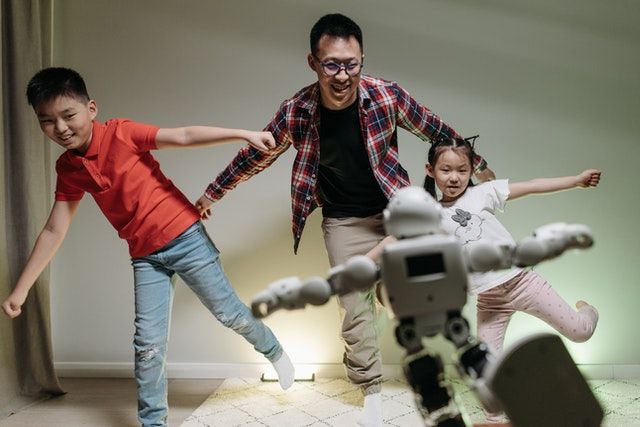
What comes to mind first when it is about robots? Robotics is an exceptionally growing technology worldwide to perform multiple functions, including space exploration and entertainment. AI can recognize and welcome kids when they enter the nursery and monitor their heart rate, sleep, movements, and body temperature in Tokyo. At Gunma University, researchers developed a robot, VEVO, that is excellent at performing exceptional childcare work, according to Global Bridge Holdings.
Developing and developed countries have taken several initiatives to support working women with robot inventions. Childcare service allows working women to stay engaged in their mainstream work and take care of their children via technological advancements. According to Business Wire, the global size of the childcare software market is estimated to grow by $65.22 million from 2021 to 2025. It also offers a report showing the market impact and new opportunities created during COVID-19.

Device-assisted children care is not a new concept; the first electrical baby supervisor went on sale in the late 1930s, namely the Bakelite Zenith Radio Nurse. Hence, it is not an abrupt or sudden innovation to relieve parents entirely from the burden of monitoring their kids. Many caregivers use remote cameras connected to their smart devices to supervise their children even when they are not at home.
WHY CHOOSE AI ROBOTS FOR KIDS?
A baby companion or robot babysitter helps supervise the kids that were once a dream of many parents. These robots are attractive for children because of their face recognition, voice recognition, playing games, responding to quizzes features. These incredible devices are designed with acoustic and visual monitoring to avoid harming children. This technology is best for parents who spend most of their time outside the home as these robots also help them communicate with their beloved children anytime. Parents can send short messages and call their children via phone, and the robot understands the message and show a response accordingly. Robot manufacturers in Japan and Korea are competing to make robots more advanced than before in the market due to their rising demands. In short, childcare robots are filling the gap by balancing the demand and supply chain of robots globally.
1. PaPeRo
Launching Year: 1997
PaPeRo Robot Developer: NEC Corporation and NTT, a telecommunication giant.
It is a Partner-type Personal AI Robot that offers the best parenting service to children. It comes with a built-in smartphone; caregivers call it and ask the robot to find children and play with them. Parents can talk to their children by calling or texting them via PaPeRo. The camera in each eye gives it the image recognition ability to navigate and track individual children. It adjusts the distance or location by itself to see an object clearly or tell the parents, "It is too dark." The top speed is 20cm per second which is sufficient for kids. Its head and body are mounted with nine touch sensors to understand child interaction better. For instance, PaPeRos robots show happiness when touched on their head and tickle when touched on their belly.
2. VEVO
Launching Year: 2009
Developer: Japanese Gunma University
Three feet in length humanoid robot has a bear-shaped head made to look after kids. Its manufacturing credit goes to the Japanese of Gunma University. It greets individuals after familiarizing itself with individuals. The robot is fitted with a thermograph and records children's temperature, helping parents get real-time health suggestions. Further, it comes with recording their amount of movement and heartbeat. Even when children are sleeping, they are in the constant care of VEVO as it rang bell if any unusual activity (something above or below normal) happens.
The company involves in childcare, Global Bridge Holdings, aims to spread this robot in institutes all over Japan. It is estimated that the VEVO robot will go for about $35,000.
3. iPAL
Launching Year: 2017
Developer: AvatarMind
What is iPAL? The 3 feet robot has wide eyes equipped with cameras, pastel trimming, working fingers, and a touch screen tablet attached to its chest. iPAL robot was introduced at the RoboBusiness convention in San Jose, California; this child-sized robot is designed to play rock paper scissors, sing, and dance. It talks with children in English and Chinese and responds to their questions like "why the sun is too hot?” and provides parents' videos in their absence. The founder of Avatar Mind, Jiping Wang, said that the robot is made for real companionship and can engage children from three to eight for several hours without human supervision. These devices offer an opportunity for the kids to stay busy and occupied even when their parents are out of the station.
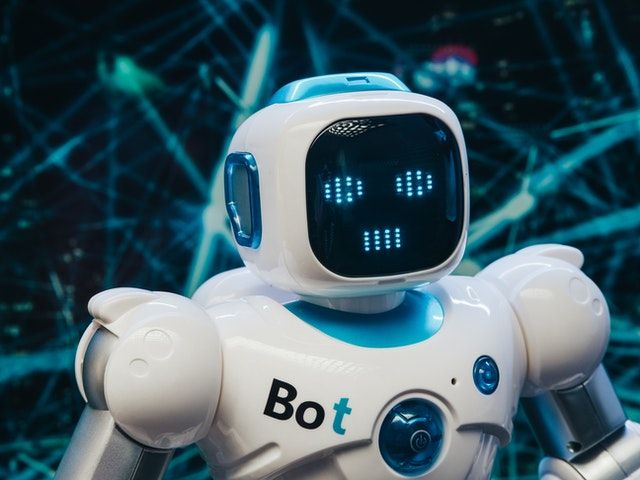
iPAL supports parents, caregivers, educators, and people with other professions to extend their approach and positive impact. This humanoid robot has exceptional applications in kids' care, commercial, and educational settings.
4. ROOBO BeanQ Robot
Launching Year: 2014
Developer: Beijing Intelligent Steward Company
It is an early kid educator, and millions of houses in China have already introduced their kids to the BeanQ robot. Unlike other traditional toys, this adorable robotoffers ongoing simulation for kids via its living, ever-changing artificial intelligence. Its voice-activated feature helps respond to children’s questions with simple and understandable words. Plus, the Chinese robot company makes its facial expressions displayed on its screen via emoji. The AI robot makes a prolonged profile of child behavior throughout the hours it spends with the kid. CNN also features BeanQ with a remote babysitting mode that allows the robot to act like a moveable nanny. It can capture the kid's image and upload it online for distant parents to see their kids in real-time and video chat with them.
5. RoBoHoN Robot
Launching Year: 2016
Developer: Tomotaka Takahashi and Robo Garage Company
Another most advanced AI-powered robot that takes voice commands and opens out all encyclopedia entries is RoBoHoN. Further, it is playful, emotional, headstrong, and mischievous. It can start talks and term them in long-lasting conversations. The RoBoHoN nanny robot successfully engaged an acoustic child in a hospital in China. The deputy dean at the hospital says that it shows high patience that is absent in humans while dealing with children with autism. It is the world's first robotic smartphone that can walk on two legs and is easy to carry due to its compact size. Its projector allows users to see the photos and videos they have taken.
However, every technology has some pros and cons that become the purpose of discoveries. The advantages and disadvantages of using robotics in childcare are given below:
BENEFITS OF USING CHILDCARE ROBOTS
An NHS doctor, Tempest, shared her advice on using AI in childcare as, by 2050, parenting will be entirely optional. She said parents would only see their children on holidays while AI babies monitor their breathing and alert caregivers when the nappy is wet. It is also reported that robots will change their nappies in the coming years and have artificial uteruses for fetuses’ development.
- Screens Feel Distant
Robots have potential benefits over screen-based communication with lonely kids. A few months old might ignore parents on the screen but find the robot delightful. An AI robot for kids helps distant parents feel nearer to their children. The robot should be simple as it can move in an area, changing how kids interact with them.
- AI improves Children's Growth and Well-being
Artificial intelligence tools, if designed well, help improve the children's ability to face and solve problems with critical thinking. Plus, this technology affecting children assists children in their academic work when their parents are far away to help them. Research shows that childcare robots help improve motor skills, communication skills, and direct eye contact ability. It also provides emotional assistance to autistic children and improves their social skills.
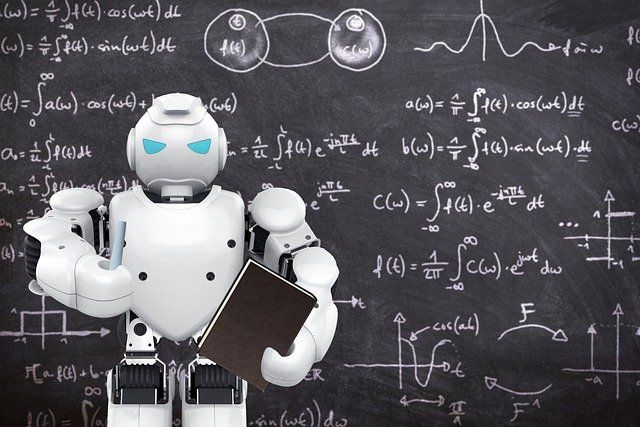
DISADVANTAGES OF ROBOTS IN CHILDCARE
If children are raised by robots just for a few hours a day, what will their consequences be? Sharkey, a professor of robotics and artificial intelligence at the University of Sheffield, said that robots are good tools to teach science and engineering to children, but they are no substitute for real caretakers. He added that more than the children’s level of understanding and sensitivity is of utmost importance, but it couldn't be possible for robots.
No doubt, robots are replacing the role of humans as assisting parents to do their routine tasks without worrying about their kids. There are several risks while using robots as caretakers of children that parents must know with benefits. Studies show that electronic use among children badly affects their mood and sleeping patterns. The parents should consider the impact of technology on developing children. In Harlow’s famous experiments, baby monkeys were given a choice to select fake mothers who could provide them food and warmth. The baby monkeys preferred soft and birth mothers over their counterparts. It means that the real warmth was a key element of this happening. It clears that the underlying factor was an emotional bond between two warm-blooded organisms; humans should also not substitute their love with robotic care for their children, no matter how humanoid they are. Successful childcare development is based on real parenting.
Then how adverse will be their constant interaction with children? There are multiple home robots in the market now, and their rising need confirms that their desire won't end. Parenting and caring for children is far different from entertaining a child. Childcare robots don't have a human touch, cannot feel children's emotions, and hug them when they need it badly. However, it is understood that robotics for childcare will increase in the future without considering their bad effects. Let us discuss it one by one.
- Children Safety
When caretakers choose robots, the safety of children is their priority. Parents do it via their smartphones as it is a direct monitoring way to watch their children. Plus, they can upload a customized map of their home in robots to understand dangerous areas better and stop kids going there; or report the owners if any emergency occurs.
If robots can be trained to learn dangerous areas, they could easily be trained to avoid children moving towards those places. In another way, the robot would restrain the child from committing any act with harmful consequences. For instance, a robot is taking a candy from a child as its overdose will eventually cause diabetes. Robots shouldn’t have the authority to stop children from expressing their emotions as it will eventually leave them restrictive even in front of their parents. UNICEF developed a Policy Guideline for the introduction of AI in childcare. Briefly, it says:
- It must support children's well-being and development.
- It should be non-discriminative and fair for all children.
- AI in childcare must offer expansibility, accountability, and transparency for kids.
- It should encourage businesses and governments with AI knowledge and children's rights.
- It must take care of the children’s privacy and their data.
- AI creates an improving environment.
- It should prepare kids for present and future innovations in artificial intelligence impact.
- Physiological and Emotional Risks
It is highly possible that the children brought up under the consideration of robots may fully or partially avoid social relationships. Their social and emotional development will be affected. A newborn makes the strongest emotional bond with the mother, and as it bonds become stronger with age. But in another case, a robot couldn't replace a birth mother, and hence the baby becomes poor in making emotional relationships.
Another factor that doesn't allow children to think out of the box is that the caretaker robot cannot read the expressions on the baby's face. They are made by humans and can only sense humans' voices and touch. They are unluckily unable to process children's tears or hug them to soothe their feelings. This way, robots could disturb them emotionally and physiologically without any intention of hurting them.
- Human-Robotic Relationship
Another factor to consider before introducing robots is to check the socialism of the children. Are they interested in making a bond with robots? Studies reveal that younger children bond stronger with their toys than elder ones. Sometimes, they don't sleep without their favorite teddy and never play with other toys, but their much-loved make the difference.
As robots can listen and speak with them and feel their touch sensations, children consider their robots as human-like friends. The problem occurs when some children get attached too deep with their robots and regard them as a real relationship like with humans. Parents put their children in false relations this way that might have stressful effects on their lives. The robots cannot solve their genuine problems by sharing instant opinions like real friends, giving them emotional or physiologically harmful effects.
AI APPS TO REPLACE THE NEED FOR CHILDCARE ROBOTICS
From many available apps, the two most unique apps are mentioned here:
BOSCO
This mobile app eliminates the negative concerns about online data as it uses artificial intelligence to predict and avoid digital threats to every child. Bosco sees child’s mobile activity to collect online browsing data, social networks, and locations to create a custom behavioral profile. The report considers a child's age, cultural and behavioral traits, and gender. It uses predictive intelligence to foretell and forewarn the parents about the risks of online threats to their children.
Moreover, Bosco’s algorithm for kids improves from time to time to predict potential threats better than before and helps the parent to have an eagle eye on their children. The app monitors children’s digital use without impacting their freedom or privacy.
MUSE
An AI-supported app helps parents enrich their children's life by asking questions to parents daily regarding their beloved children. For instance, it asks if your kid has eaten their special food today?
The app comes with research and fun-based activities for providing deep insights about child cognitive learning and developmental level. It does not replace human empathy with robotic but helps parents better understand where their child needs more attention than other usual matters. Daily answering questions supports parents in developing those traits to predict their kid's future by themselves, including their patience level, emotional intelligence, and self-control. Muse app is specifically designed for parents having children up to 12 years, and its team is working to offer special learning offers to the children.
WRAPPING WORDS
Companies strive hard to launch a robot that beats all till-to-date robots in caring for children exceptionally well. These robots will be more human-friendly with the least risk factors. According to the human brain, a manufactured robot can never substitute a real mother/caregiver to raise a child. It doesn't matter that they are under robotic care for how short a period, but consistent contact with robots affects their interactive abilities badly.
Some are worried that AI robotics will lead to singularity among children, while others see it to improve lives without manual labor. Similarly, due to the tedious routines, most people prefer to introduce robots to their homes and see more advantages than harms. It's the rise of AI in households. One day, machines will be smarter than us, and our children grown by these machines will have alien minds. This way, coming human minds will work as coming intelligent robots. In the future, humans will live in a world where our descendants reshape morality and develop a more automated environment.

